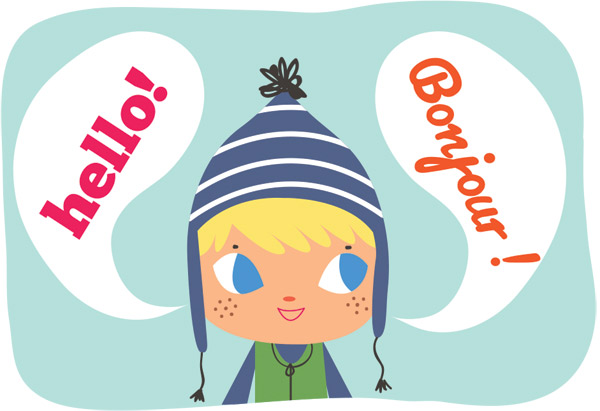Scientists recently found out that heart of man and woman age differently. They observed 3000 adults for 10 years and here are the results.
Researchers focused on the heart chamber and the left ventricle, which pumps oxygenated blood into the body out of the heart. “As people age, the left ventricle declines in its capacity to pump blood.” And this decline happens differently for men and women. So what is the difference? As men age, the heart muscle grows larger and thicker around the chamber. The muscle in women either gets smaller or maintains the size.

The reason for the occurrence of this difference is unclear, but scientists think that this finding may help them to find out if there is a need for gender-specific therapies for men and women with heart problems.
Author Dr. João Lima, a professor of medicine and radiological science at the Johns Hopkins University School of Medicine in Baltimore and director of cardiovascular imaging at the school’s Heart and Vascular Institute said that this result demonstrates the concept of difference of pathophysiology in heart disease in both sexes.
The researchers claim that this was the first long-term study that used MRI scans in order to observe left ventricle structure and function over time. Ultrasound scans were also used, but MRI scans turned to be mor4e detailed.
2,936 participants with no cardiovascular disease varied from age 45 to 84. At the beginning of the study, the MRI scan was performed on each participant, the same as at the end.
Doctors assessed the size and volume of each participant left ventricle and calculated the weight of it.
During the study period, the researchers found that left ventricle in men gained an average of 0.3 ounces and women lost an average of 0.6 ounces.The filling capacity of heart fell in both sexes.
The scientists controlled body weight, blood pressure, cholesterol levels, exercise levels and smoking, but the difference still occurred.
Lead investigator Dr. John Eng, an associate professor of radiological science at Johns Hopkins said that this difference suggests that heart diseases can be developed in men and women for different reasons.
The gender-specific treatment can be created with the help of these findings. Doctors often prescribe the medicine that reduces the thickness of heart muscle in people with heart failure, but this may not be as beneficial for women as it is for men, because now we know that heart muscle in women tends to get smaller or it stays the same.
This study is a part of an ongoing project called the Multi-Ethnic Study of Atherosclerosis (MESA), where researchers are planning to follow ethnically different people and studying what influences heart diseases and failures of those people.




 92 percent chance that ours will not be the only advanced civilization to exist in the universe before its end”(Gizmag). So there is hope, we may not be able to see it, but maybe the distant generations would. We just might a civilization where caption Kirk goes out and saves a primitive civilization from extinction, or a hitchhiker’s guide to the galaxy. That is, if we don’t self-destruct first.
92 percent chance that ours will not be the only advanced civilization to exist in the universe before its end”(Gizmag). So there is hope, we may not be able to see it, but maybe the distant generations would. We just might a civilization where caption Kirk goes out and saves a primitive civilization from extinction, or a hitchhiker’s guide to the galaxy. That is, if we don’t self-destruct first.

